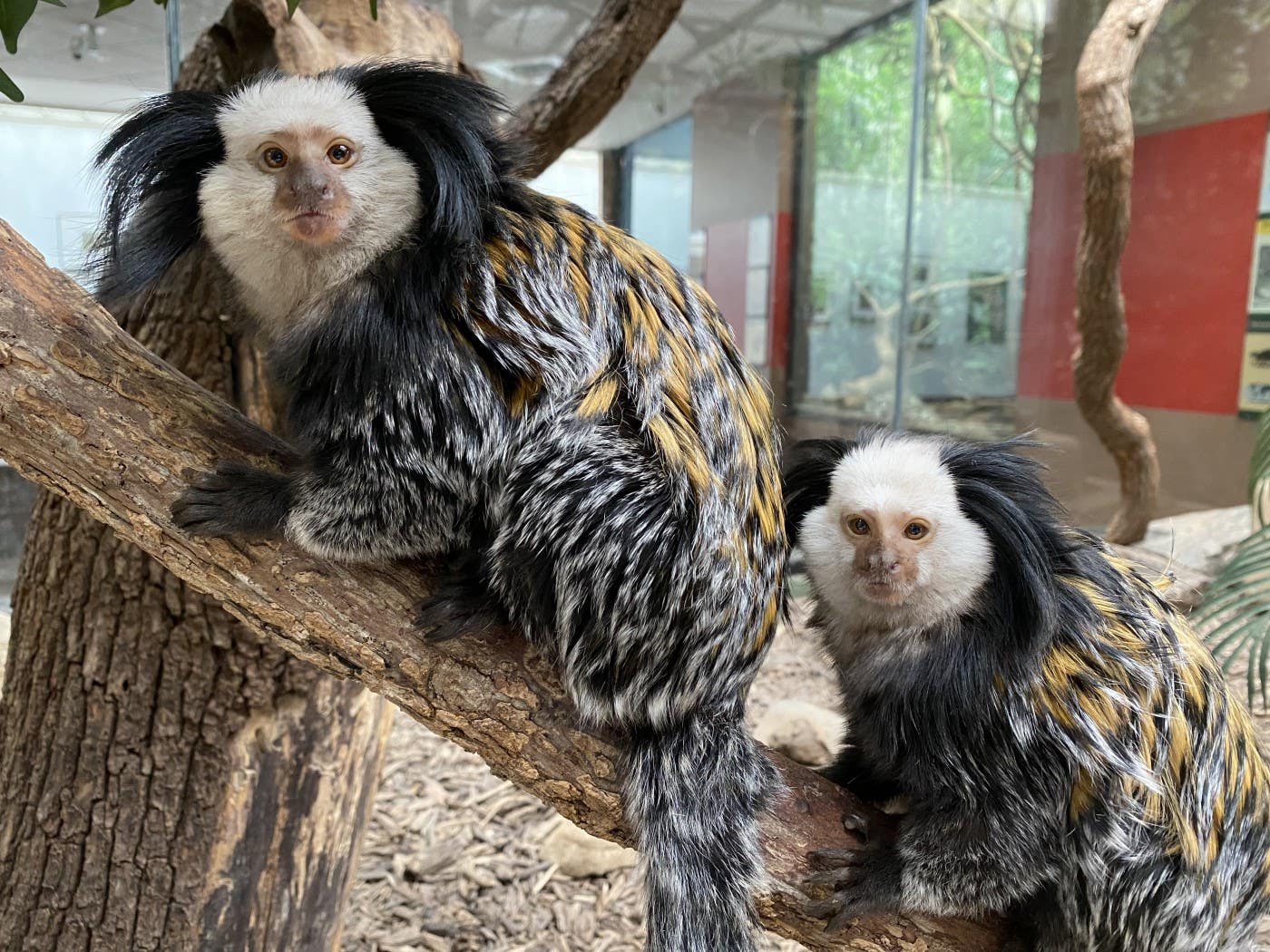Researchers discover that monkeys refer to each other by name
Until now, it was believed that nonhuman primates, despite their close evolutionary relationship to humans, did not possess this capacity.

Naming others is a complex cognitive ability seen in highly social animals. (CREDIT: CC BY-SA 3.0)
In a significant scientific breakthrough, researchers from Hebrew University have discovered that marmoset monkeys use specific vocalizations known as "phee-calls" to identify and communicate with one another. This ability to assign vocal labels, previously thought to be unique to humans, dolphins, and elephants, has now been observed in these small primates.
Naming others is a complex cognitive ability seen in highly social animals. Until now, it was believed that nonhuman primates, despite their close evolutionary relationship to humans, did not possess this capacity. However, the new study published in Science challenges this assumption.
The research, led by Dr. David Omer from the Safra Center for Brain Sciences (ELSC) at Hebrew University, reveals that marmosets use "phee-calls" in a way that mirrors the use of names in human societies.
By recording natural conversations between pairs of marmosets and interactions between the monkeys and a computer system, the team found that these calls are used to address specific individuals within their social group.
More impressively, the marmosets could recognize when a call was directed at them and responded with greater accuracy to calls meant for them.
“This discovery highlights the complexity of social communication among marmosets,” explains Dr. Omer. “These calls are not just for self-localization as previously believed; marmosets use specific calls to label and address specific individuals.”
Further analysis revealed that family members within a marmoset group use similar vocal labels to address different individuals, employing comparable sound features to differentiate between "names."
This behavior is strikingly similar to the way humans use names and dialects. Interestingly, even adult marmosets who are not related by blood appear to learn these vocal labels and dialects from other members of their group.
The researchers suggest that this vocal labeling may have evolved as a strategy to maintain social connections in the dense rainforest environment where visibility is often limited. By relying on these vocalizations, marmosets can keep their social bonds intact and ensure the cohesion of their group.
Related Stories
“Marmosets live in small, monogamous family groups and care for their young together, much like humans,” says Dr. Omer. “These similarities indicate that marmosets may have faced similar social challenges to those encountered by our early pre-linguistic ancestors, which could have driven the development of comparable communication methods.”
This study offers new perspectives on the evolution of social communication and human language. The discovery that marmosets label each other with specific calls suggests that these primates have developed complex brain mechanisms potentially analogous to those that eventually gave rise to language in humans.
The findings also pave the way for further research into the origins of communication in humans. By studying how these nonhuman primates use vocalizations to navigate their social world, scientists can gain deeper insights into the processes that might have shaped the development of language in our own species.
This groundbreaking research not only challenges previous assumptions about the cognitive abilities of nonhuman primates but also provides a fascinating glimpse into the evolutionary roots of communication.
As scientists continue to explore these connections, our understanding of the origins of human language and social interaction may become clearer, revealing the intricate ways in which our own ancestors might have communicated in the distant past.
Note: Materials provided above by The Brighter Side of News. Content may be edited for style and length.
Like these kind of feel good stories? Get The Brighter Side of News' newsletter.
Joshua Shavit
Science & Technology Writer | AI and Robotics Reporter
Joshua Shavit is a Los Angeles-based science and technology writer with a passion for exploring the breakthroughs shaping the future. As a contributor to The Brighter Side of News, he focuses on positive and transformative advancements in AI, technology, physics, engineering, robotics and space science. Joshua is currently working towards a Bachelor of Science in Business Administration at the University of California, Berkeley. He combines his academic background with a talent for storytelling, making complex scientific discoveries engaging and accessible. His work highlights the innovators behind the ideas, bringing readers closer to the people driving progress.



